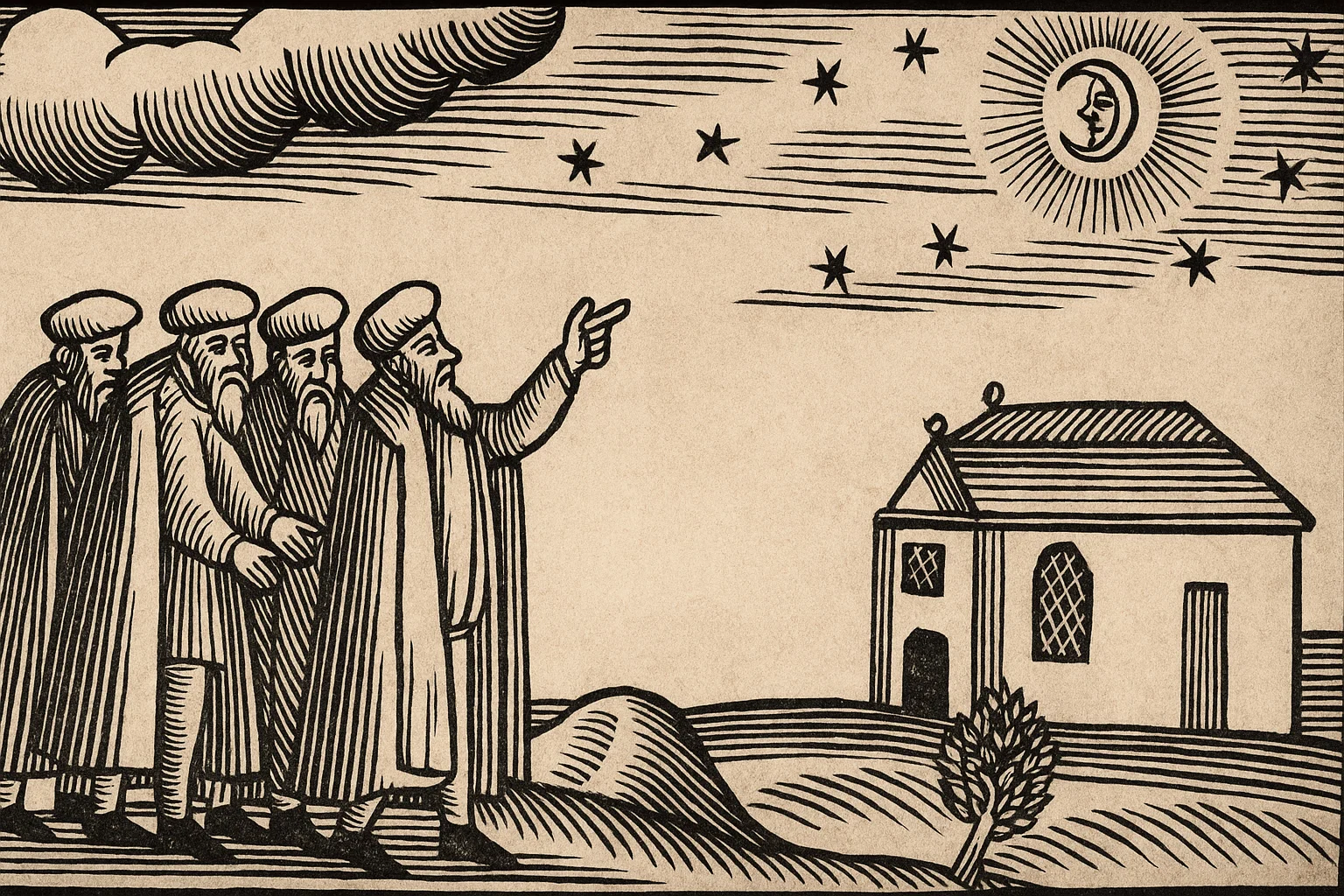Throughout the history of metaphysical inquiry, from the Orphic hymns and Neoplatonic emanations to the radical intuitions of Kabbalah and tantric Sanskrit philosophy, the Divine has been imagined as both source and surplus, as center and circumference. This treatise proceeds from an axiom often left unspoken in mainstream theology: that the Sacred is not static, nor silent, but tumid, a swelling, self-incandescent process that reverberates through both number and flesh. To speak of Divinity as tumescence is not to reduce it to the Erotic, but to return the Erotic to its originary place within the metaphysical. From the lunar scripts of ancient priesthoods to the silver platters of Hebraic ritual, this is a philosophy of the Divine as pulsation, geometry, and reflection.
I. Divine Tumescence and the Auto-Erotic Monad
The Divine is best understood not as an abstract omnipotence, but as a mechanism of sacred tumescence, a reality that swells within itself, burns with its own interior fire, and gives off no heat but remains incandescent. The ancient concept of the mônada, an indivisible unity that contains multiplicity within, is reborn here as an auto-erotic fire, a self-sustaining phenomenon that neither requires external agency nor invites comprehension. This is not the sterile unity of scholastic metaphysics, but the living fullness of something that erects itself into being. From the lingam of Shaivite cosmology to the Kabbalistic notion of the Ein Sof, the metaphysical field is alive with the implication that the Divine does not merely exist. It engorges, expanding through its own recursive desire. The Divine, in this view, is a burning architecture that craves no object, but glorifies its own unfolding.
II. Sanskritic Consciousness and the Pluricellular Other
Sanskrit cosmology, in its most esoteric articulations, does not describe consciousness as a central flame but as a lunar, layered multiplicity. The Divine is not a light that blinds, but a veil that reflects in gradation. In this symbolic topology, what we call “God” is not a being but a pluricellular consciousness, an Other composed of mirrors, membranes, and throb. Humanity does not originate from this Other, but is already nested within it, like a vowel in a name never spoken. The human being is not a creation of God, but a filament vibrating within God’s body of dreaming tissue. This consciousness has no source; it is the recursion of awareness upon itself, without beginning, without axis. It exceeds the Aristotelian obsession with causality, it is arche without archē, principle without precedent.
III. Sacred Arithmetic and the Non-Linear Operation of the Divine
The Divine does not count the way mortals count. In the hidden arithmetic of the Sacred, addition is not default. The Divine subtracts, divides, multiplies, often in paradoxical order. One becomes many, many collapse into one, but the process resists linearity. There is no simple tallying of prayers, no ledger of moral quantity. Instead, there are tabuadas divinas – divine tables – whose operations cannot be expressed by elementary math. These are the equations that govern mystical physics: the number of veils Inanna must descend, the sefirotic descent into Malkuth, the tantric cycles of expansion and contraction. Mathematics, in this sacred sense, is not about measurement, it is about mystery encoded in form. Every subtraction is a revelation; every division, a sacrament. To live under this arithmetic is to inhabit a world where being is always in flux, and certainty is not the goal; transfiguration is.
IV. The Kabbalistic Jurisprudence of the Feminine Sovereign
In the inner court of mystical law, what might be called the juridical Kabbalah, governance belongs not to kings but to Queens without portfolio. These Feminine sovereigns do not rule by decree but by symbolic resonance. Their presence is a code, their authority unspoken but absolute. Among them, the priestess holds a unique office: neither monarch nor servant, She presides without possession. The sacred vessels known as silver salvers, richly ornamented in Hebraic tradition, are manifestations of this sovereignty. Not simply objects of ritual, they function as refined symbols of the receptive dimension of the Divine: silent, reflective, lunar. In them, the overflowing logic of the masculine meets its containment, not in negation, but in sacral balance. The Priestess reigns by absence, by veil, by the refusal to act. Yet it is precisely through her stillness that the world is reordered. Not as a system, but as a symphony of symbols.
Hence the Divine does not wait to be found. It swells in us already.
